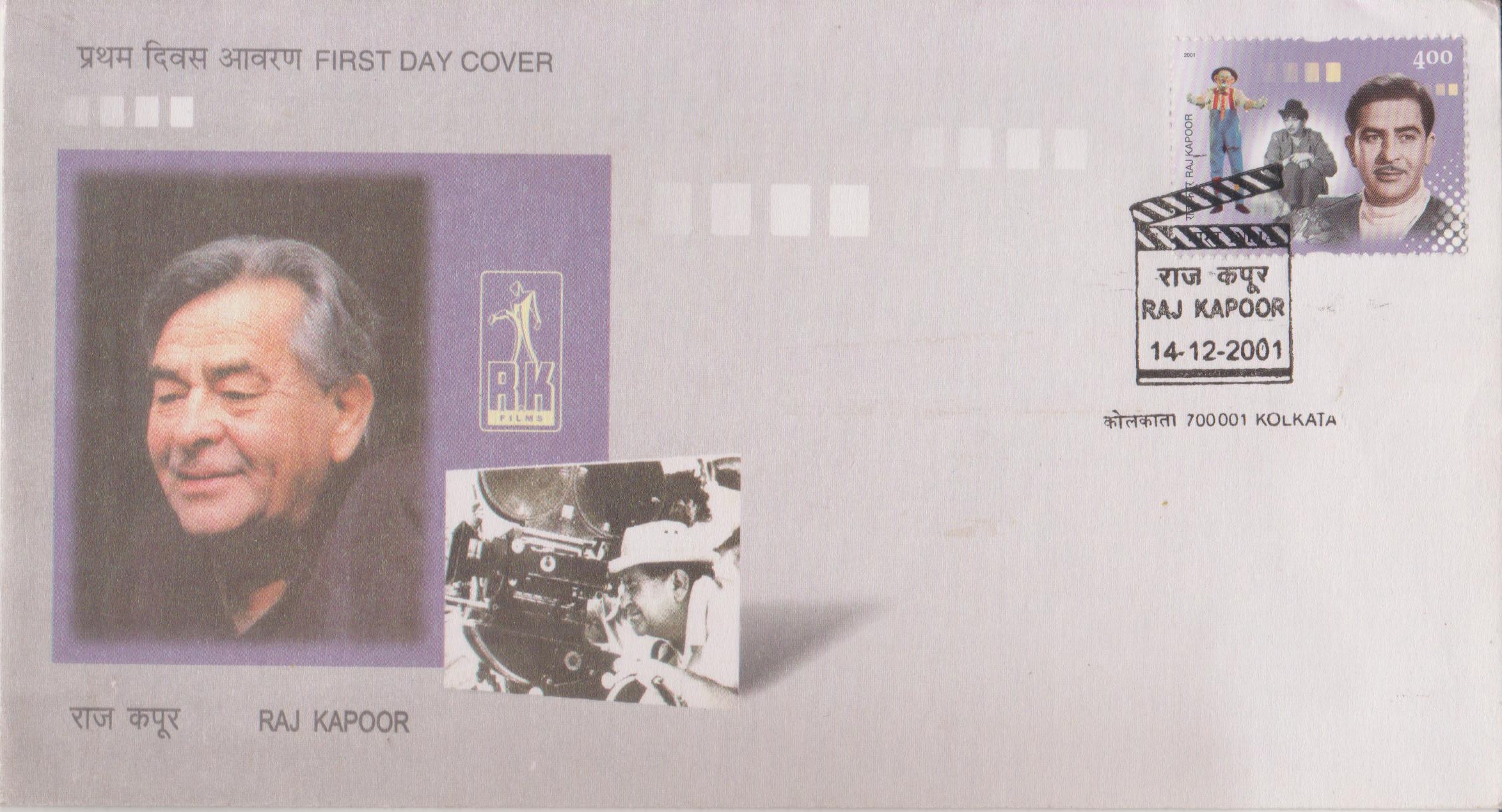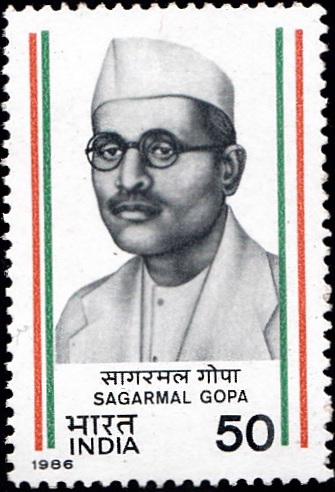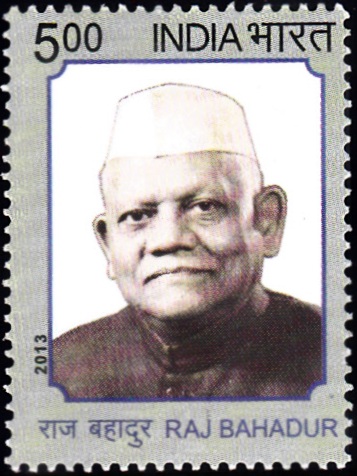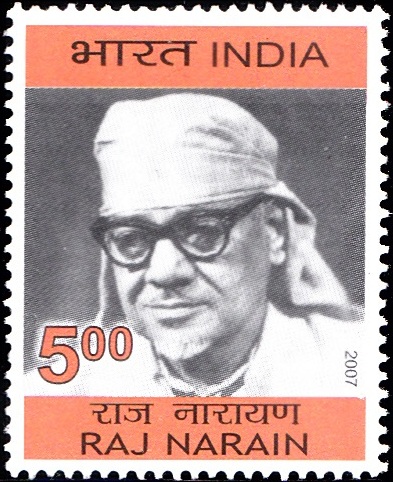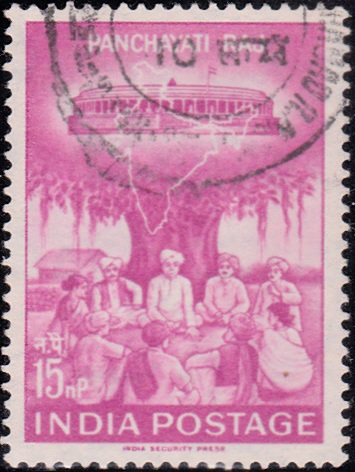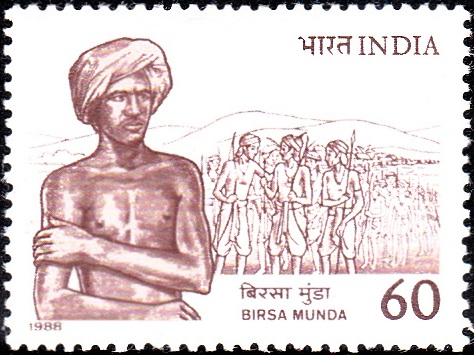
Birsa Munda
A commemorative postage stamp on the Birth Anniversary of Birsa Munda, an Indian tribal freedom fighter :
 Issued by India
Issued by India
Issued on Nov 15, 1988
Description of Design : The stamp prepared by India Security Press, Nashik Road, is based on a design by Shri Sankha Samantha. For the first day cover Shri K.S. Radhakrishnan has created a rural wall picture, a stylized depiction of tribals up in arms. The cancellation is by Smt. Alka Sharma.
Type : Stamp, Mint Condition
Colour : Single colour
Denomination : 60 Paise
Overall size : 3.91 X 2.90 cms.
Printing size : 3.55 X 2.54 cms.
Perforation : 13 x 13
Paper : Imported unwatermarked adhesive gravure coated stamp paper
Number Printed : 10,00,000
Number per issue sheet : 35
Printing Process : Photogravure
Printed : India Security Press
Name : Birsa Munda
Born on Nov 15, 1875 at Ulihatu, Khunti district, Jharkhand, India
Died on Jun 9, 1900 at Ranchi, Jharkhand, India
About :
- Birsa Munda, the son of Sugna Munda and Karmi Hatu, was born on 15th November, 1875 at Ulihatu, Ranchi District, Bihar. Birsa who studied at Salga, Burju and at the Chaibasa English Middle School, used to think about the maladies of his society and found in himself the strength to challenge the British Government. He provided the Mundas a leadership, a religion and a code of life which sought freedom and dignity.
- In 1894 the monsoons failed and Chhota–nagpur faced an epidemic and starvation. Birsa devotedly served his people. On 1st October, 1894 the young Birsa led the Mundas to Chaibasa to petition for remission of forest dues, thus appearing as a leader of his tribe for the first time. In 1895 he was arrested and underwent two years’ rigorous imprisonment at Hazaribagh Central Jail.
- Birsa and his disciples set themselves the task of serving the famine-stricken and sick people. He became a legend during his lifetime and was called “Dharti Aba” (father of the earth) and worshipped as “Birsa Bhagwan”. As his influence increased, the movement among the Mundas gathered momentum.
- The Mundas came into intermittent conflict with the British establishment from 1897 to 1900. In August, 1897 Birsa Munda, along with 400 of his men armed with bows and arrows, attacked the Khunti Police Station. In 1898, on the banks of the river Tanaga, the Mundas faced a British force which they initially defeated. Further action of the British however resulted in the arrest of many of the tribe’s men and women. In January 1900 a skirmish occurred on Dombari hill where many men, women and children were killed while being addressed by Birsa Munda. Later some of the leading disciples of Birsa were arrested. He himself was finally arrested in Chakradharpur forest on 3rd February 1900. He breathed his last on 9th June 1900 at Ranchi Jail.
- Even today, however, in areas of Orissa, Bihar, West Bengal and Madhya Pradesh “Birsa Bhagwan” is remembered as their young leader who threatened the British Raj with his slogan.
“Abua Raj ete Jana, Maharani Raj tundu Jana”
(Let the kingdom of the queen be ended and our kingdom be established).
- Material for text, courtesy: Shri B.K. Toppo, Secretary, Birsa Munda Statue Committee, Rourkela.


